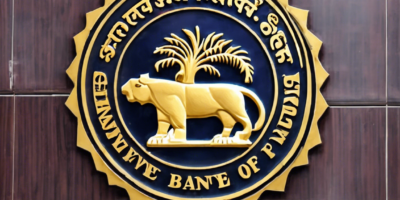Unlocking the Power of Employee Recognition in the Workplace
Employee recognition has long been acknowledged as a crucial element in fostering a positive work environment and boosting employee morale. Yet, many organizations still struggle to implement effective recognition strategies. In today’s fast-paced and competitive business landscape, it is more important than ever to prioritize employee recognition as a key driver of employee engagement and retention.
The Benefits of Employee Recognition
Employee recognition is more than just a feel-good gesture; it has tangible benefits for both employees and the organization as a whole. Here are some key advantages of implementing a robust employee recognition program:
Improved Employee Morale and Engagement
Recognizing and appreciating employees’ hard work and contributions can significantly boost morale and increase engagement levels. When employees feel valued and appreciated, they are more likely to be motivated to perform at their best.
Increased Employee Productivity
Employees who feel recognized for their efforts are more likely to be motivated to excel in their roles. This, in turn, can lead to increased productivity and performance levels across the organization.
Enhanced Employee Retention
Effective employee recognition programs can help improve employee retention rates. When employees feel valued and appreciated, they are more likely to stay with the organization in the long term, reducing turnover and associated costs.
Positive Organizational Culture
A culture of recognition fosters a positive work environment where employees feel supported and appreciated. This can have a ripple effect throughout the organization, leading to higher levels of collaboration, innovation, and overall success.
Key Elements of an Effective Employee Recognition Program
To ensure that your employee recognition efforts are successful, it is important to consider the following key elements:
Timeliness
Recognition should be timely and specific, tied directly to the employee’s actions or achievements. Immediate recognition can have a more significant impact and reinforce positive behaviors.
Personalization
Personalized recognition is more meaningful and impactful than generic praise. Get to know your employees and tailor your recognition efforts to their preferences and individual contributions.
Consistency
Recognition should be consistent and ongoing, rather than a one-time event. Regularly acknowledging and appreciating employees’ efforts helps create a culture of recognition within the organization.
Transparency
Ensure that your employee recognition program is transparent and fair. Make the criteria for recognition clear to all employees and ensure that the process is consistently applied.
Variety
Offer a variety of recognition methods to cater to different employee preferences. This could include public praise, private recognition, rewards and incentives, or opportunities for career development.
Implementing an Employee Recognition Program
If you’re looking to implement or revamp your employee recognition program, here are some steps to get you started:
-
Assess Your Current State
Begin by evaluating your current employee recognition practices and identifying areas for improvement. Gather feedback from employees to understand what types of recognition are most meaningful to them. -
Set Clear Objectives
Define clear objectives for your employee recognition program, such as increasing employee engagement, improving retention rates, or fostering a positive organizational culture. -
Create a Recognition Framework
Develop a structured framework for recognizing employees’ efforts and achievements. This could include criteria for recognition, nomination processes, and different levels of recognition. -
Communicate and Educate
Communicate the purpose and benefits of the employee recognition program to all employees. Provide training and resources to managers on how to effectively recognize and appreciate their team members. -
Measure and Evaluate
Establish key performance indicators (KPIs) to track the impact of your employee recognition program. Regularly review and evaluate the program to ensure that it is meeting its objectives.
Frequently Asked Questions (FAQs)
1. Why is employee recognition important?
Employee recognition is important because it helps boost morale, increase engagement, improve productivity, and enhance employee retention rates.
2. What are the different types of employee recognition?
Employee recognition can take many forms, including verbal praise, written commendations, awards, incentives, promotions, and opportunities for career development.
3. How can I personalize employee recognition?
Personalizing employee recognition involves getting to know your employees’ preferences, strengths, and contributions, and tailoring your recognition efforts to match their individual needs.
4. How often should employee recognition be given?
Employee recognition should be given regularly and consistently, rather than as a one-time event. Timely recognition is more effective in reinforcing positive behaviors.
5. How can I measure the impact of our employee recognition program?
You can measure the impact of your employee recognition program through key performance indicators (KPIs) such as employee engagement levels, retention rates, productivity metrics, and feedback from employees.
In conclusion, employee recognition is a powerful tool that can drive employee engagement, boost morale, and enhance organizational success. By implementing a thoughtful and strategic employee recognition program, organizations can create a positive work environment where employees feel valued, appreciated, and motivated to perform at their best.













Comments